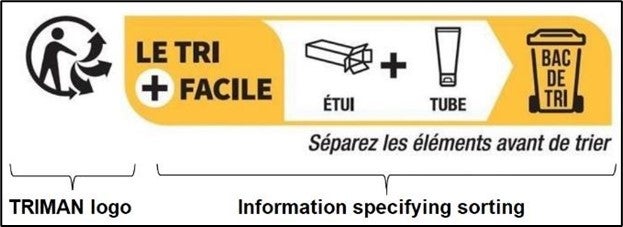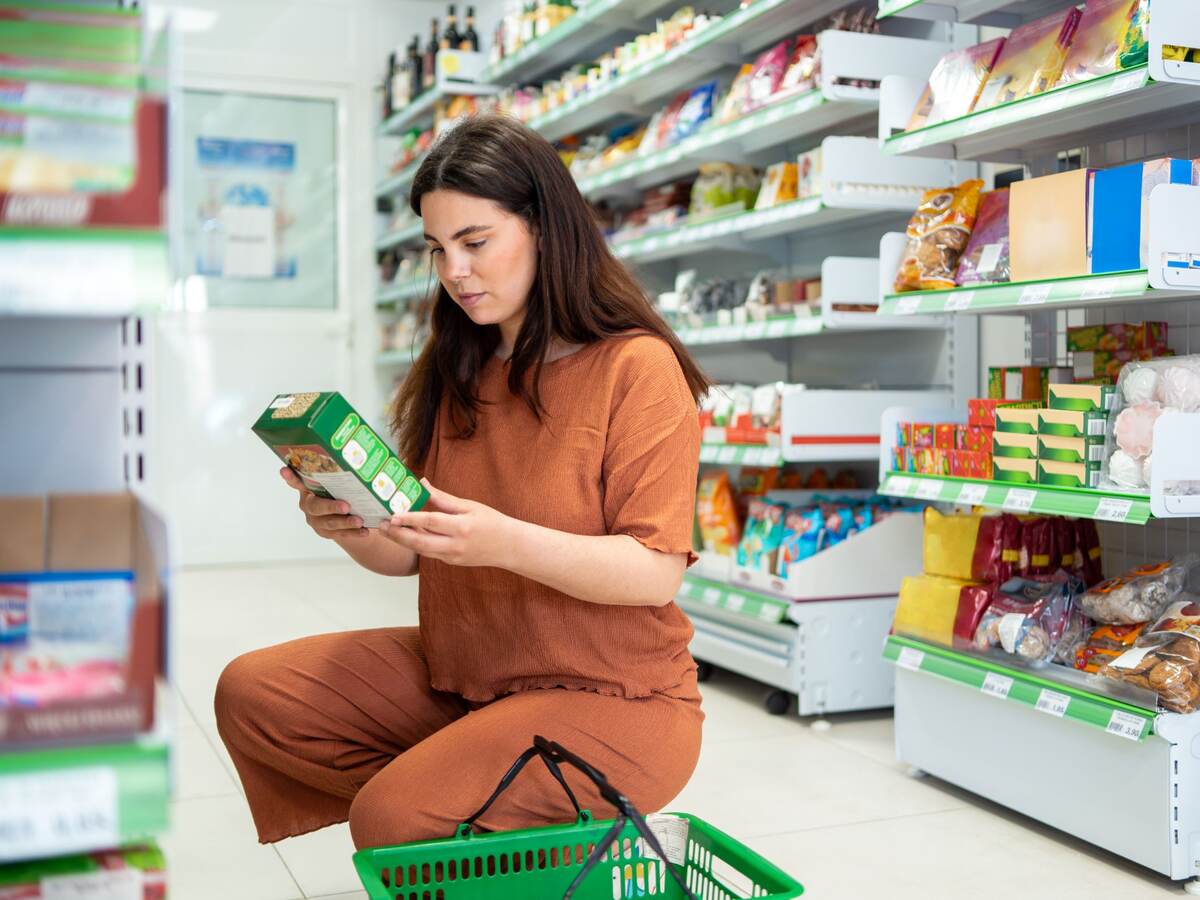
Packaging materials can create significant waste throughout the product life cycle. Regulations requiring proper recycling may exist, and end users are becoming more interested in the sustainability features of both products and packaging. But as regulations vary throughout markets regarding the labeling of packaging materials, it can be very challenging to understand what materials can or should be recycled.
Deepen your knowledge of regulatory changes in the European Union, as well as France and Italy, to learn more about proper communication of packaging materials and how these requirements may impact your products in key markets.
European Union
Directive 94/62/EC on Packaging and Packaging Waste (PPWD)
The European Parliament and Council Directive 94/62/EC of Dec. 20, 1994, on packaging and packaging waste, commonly known as PPWD, applies to all packaging placed on the market in the community and all packaging waste. This regulation applies to all waste, regardless of where it is produced, or materials used.
The goals of the PPWD include:
- Harmonizing national standards concerning the management of packaging and packaging waste.
- Preventing or reducing the impact on the environment of all Member States, as well as of third countries.
- Ensuring the functioning of the European internal market.
How the PPWD defines packaging
Under this regulation, packaging includes all products, made of any materials, of any nature used for the containment, protection, handling, delivery and presentation of goods. The definition includes packaging used for raw materials through manufacture of the final goods, from the producer to the end user.
Packaging includes:
- Sales packaging or primary packaging.
- Grouped packaging or secondary packaging.
- Transport packaging or tertiary packaging.
Additionally, the PPWD defines packaging with additional criteria and offers illustrations depicting materials included and excluded as packaging.
Proper marking of packaging materials
Article 8 of the PPWD required that a common system for identifying packaging materials must be developed for the European Union, with the goal of facilitating collection, reuse and recovery of recyclable materials. This system was developed in 1997 through the Commission Decision of 28 January 1997, establishing the identification system for packaging materials pursuant to European Parliament and Council Directive 94/62/EC on packaging and packaging waste (97/129/EC).
This decision outlines the material identification system, including numbering and abbreviations. Packaging composition information must be displayed either on the packaging or product label, clearly visible and legible, and appropriately durable and lasting when the packaging is opened.
While this system was intended to harmonize the identification of packaging materials at the community level, a further commission decision made use of the system voluntary. However, select European Union countries have developed other requirements.
Material identification system
Packaging materials subject to identification are covered in select annexes of the Decision:
- Plastics (Annex I)
- Paper and fiberboard (Annex II)
- Metals (Annex III)
- Wood (Annex IV)
- Textile materials (Annex V)
- Glass (Annex VI)
- Composites (Annex VII)
Select examples of the identification of packaging materials:
- PP 5 is used for plastic packaging made of polypropylene.
- PAP 21 is used when packaging includes non-corrugated fiberboard.
Italy
Labeling of packaging in Italy is regulated by the Italian Legislative Decree No. 116 of 3 September 2020, a modification of a regulation from 2006 (Italian Legislative Decree No.152 of 3rd April 2006 (Environmental regulations), including its article 219, Paragraphs 5 and 5.1. This regulation applies to all packaging included under a definition aligned to the PPWD.
As of Jan. 1, 2023, the following information must be provided on all packaging:
- For all packaging for products intended for either business or consumer use, the exact composition of packaging materials must be identified in accordance with Commission Decision 97/129/EC. Example: PP 5 for a plastic made of polypropylene.
- For packaging for products intended for consumer use: Waste collection guidelines should encourage accurate separation, leading to better-quality collection. Text, when used, must be in Italian.
In 2022, additional ministerial guidelines (Ministry of Ecological Transition - Labelling for packaging - Guidelines according to Art. 219 paragraph 5 of Legislative Decree 152/2006 and subsequent modifications and integrations – July 27, 2022 were published to specify and clarify the requirements of the packaging component identification system.
These guidelines require that information on packaging must be made available:
- Through physical affixing on packaging on each separable component in case of multicomponent packaging, if possible.
- Through digital channels with sufficient instructions available to consumers, such as apps, QR codes or websites.
- In certain cases, other documents may be used, such as shipping documents or product instructions.
Waste collection guidelines, mandatory for packaging for products intended for consumer use, must feature the following information at minimum:
- The wording “Raccolta (famiglia di materiale prevalente in peso),” which translates to “Collection,” followed by an indication of the main material by weight, like paper or plastics (in Italian), or
- The specification of the main material family by weight in Italian, accompanied by the wording “Raccolta differenziata,” which translates to “Separate collection,” and
- Inclusion of a phrase in Italian asking consumers to check the provisions of the municipality for collection of packaging waste.
For products where the mandatory information cannot be displayed due to size or material, the required text may be displayed on the main body or presentation packaging. In these cases, the type of materials for each packaging component must be specified in addition to the above-mentioned information.
Additional information may be provided to help consumers efficiently separate packaging waste.
France
Article L. 541-9-3 of the France Environmental Code (as introduced by the French AGEC law) mandates that any product intended for households falling under the extended producer responsibility (EPR) obligation is subject to labeling with a logo, known as the Triman, together with sorting information.


Sources
Ministère de la Transition écologique et de la Cohésion des territoires
Citeo
Household packaging shall be mandatory labeled with the Triman logo, including packaging of packed consumer products. Glass beverage containers are not included in this regulation.
Additionally, select household consumer products subject in France to Extended Producer Responsibility (EPR) — as referred to in Article L541-10-1 of the Environmental Code — shall also be labeled with the Triman logo.
A list of non-exhaustive examples of concerned products includes:
- Batteries
- Electrical and electronic equipment
- Furniture
- Medicines and perforating medical devices
- Textile apparel, household linens and footwear
- Toys
- Select paper items, sporting and leisure goods, and home-improvement or gardening products
It shall also be noted that the Triman logo must be physically affixed, directly or with a sticker, on the product or packaging. The only exceptions apply in the case of small dimensions, as defined by the implementing decrees:
- The largest of the sides of a packaging or the total surface area has a surface of less than 10 cm2 and no other accompanying document is supplied, then both the Triman logo and the information specifying sorting may be dematerialized.
- When such surface is between 10 cm2 and 20 cm2, only the information specifying sorting may appear on a dematerialized medium.
- For cylindrical or spherical forms, the above-mentioned limits are increased as follows:
- If the surface area of the largest side of the cylindrical or spherical package is less than 20 cm2; full dematerialization is possible.
- If the surface area of the largest side of the cylindrical or spherical packaging is between 20 and 40 cm2; only the information specifying sorting may appear on a dematerialized medium.
For companies or physical persons subject to EPR obligations
Producers may choose to fulfill EPR obligations one by one or holistically by subscribing to a sector-specific eco-organization (“éco-organisme”) approved by a competent authority.
Relevant eco-organizations must prepare application Info-Tri or Sorting Information documents detailing use of the Triman logo in that sector. If approved, eco-organizations must publish Info-Tri documents on their websites. These documents may be applied by manufacturers for 12 months from the date of publication, with an additional stock clearance period of six months.
The specific Info-Tri document for packaging or other products may clarify the labeling obligations and specify additional requirements, including:
- Acceptable colors
- Appropriate dimensions
- Layout, design and appropriate typefaces
- Rules on the use of phrases and pictograms
Each Info-TRI application must be accompanied by vector graphic files containing various types of Triman logo artwork.
How UL Solutions can help
It can be challenging for manufacturers to understand — and effectively demonstrate compliance — with sustainability requirements for packaging around the world. At UL Solutions, our regulatory experts connect our customers with support services, including:
- Regulatory research reports that detail requirements for a broad range of countries throughout Europe
- Technical evaluation reports that detail relevant marking and required waste collection and sorting information for packaging and packaging components
- Additional services, such as chemical and microbiological analysis, performance testing and sustainability software
Through regulatory clarity, we help our customers around the world deepen their understanding of changing sustainability needs for packaging on items intended for consumer or industrial use and gain access to key markets.
Get connected with our sales team
Thanks for your interest in our products and services. Let's collect some information so we can connect you with the right person.


